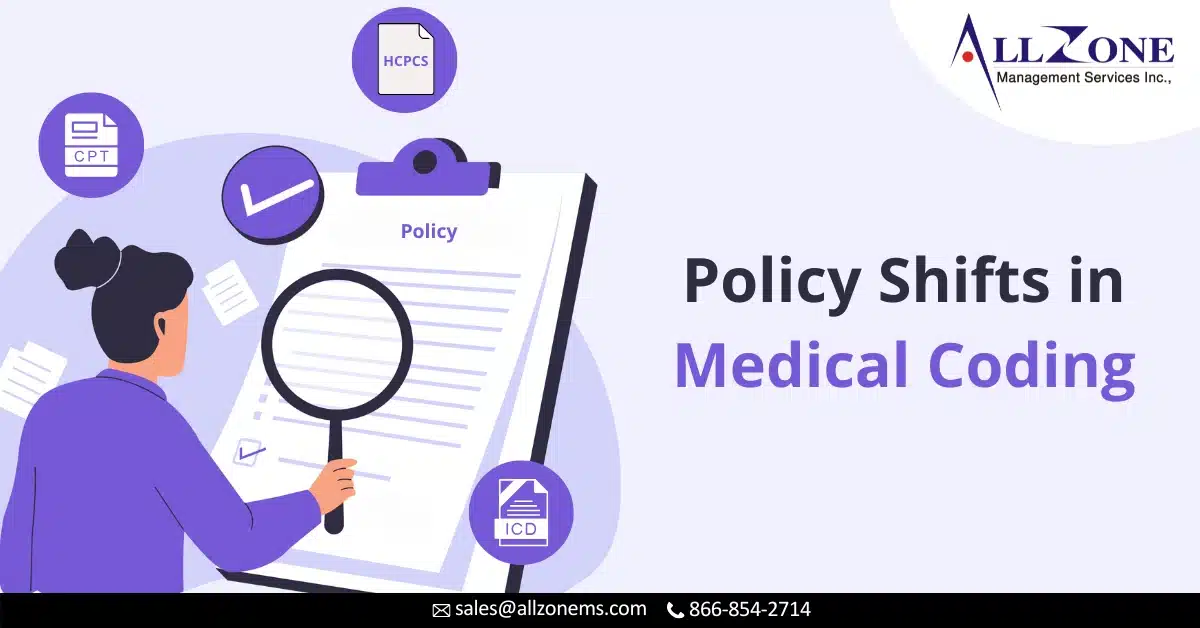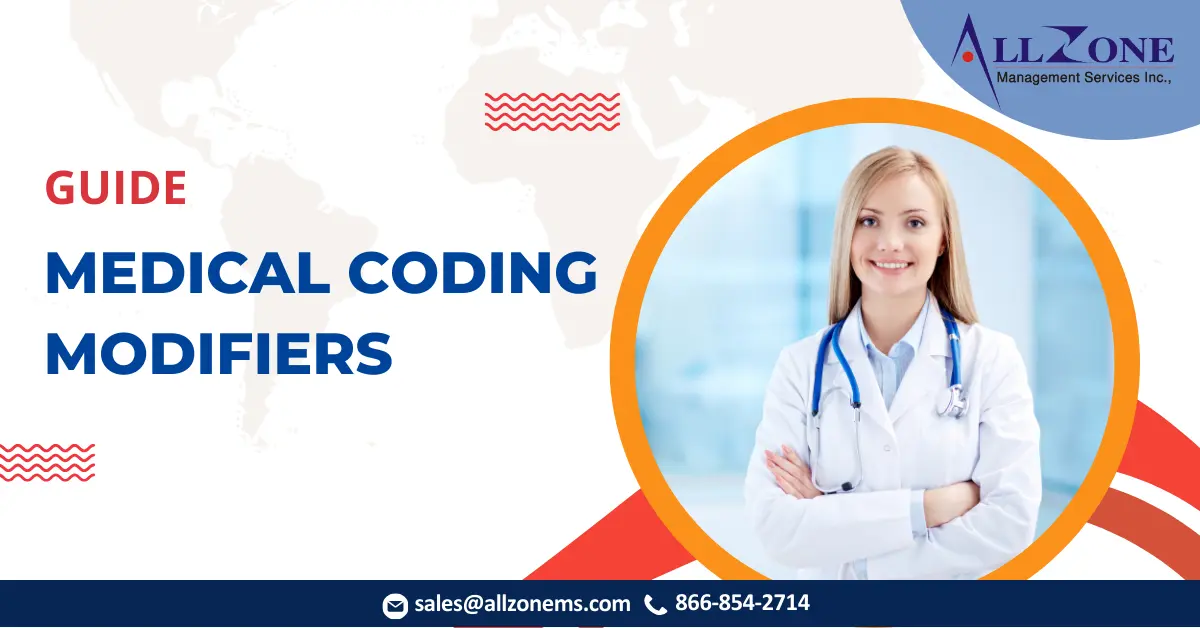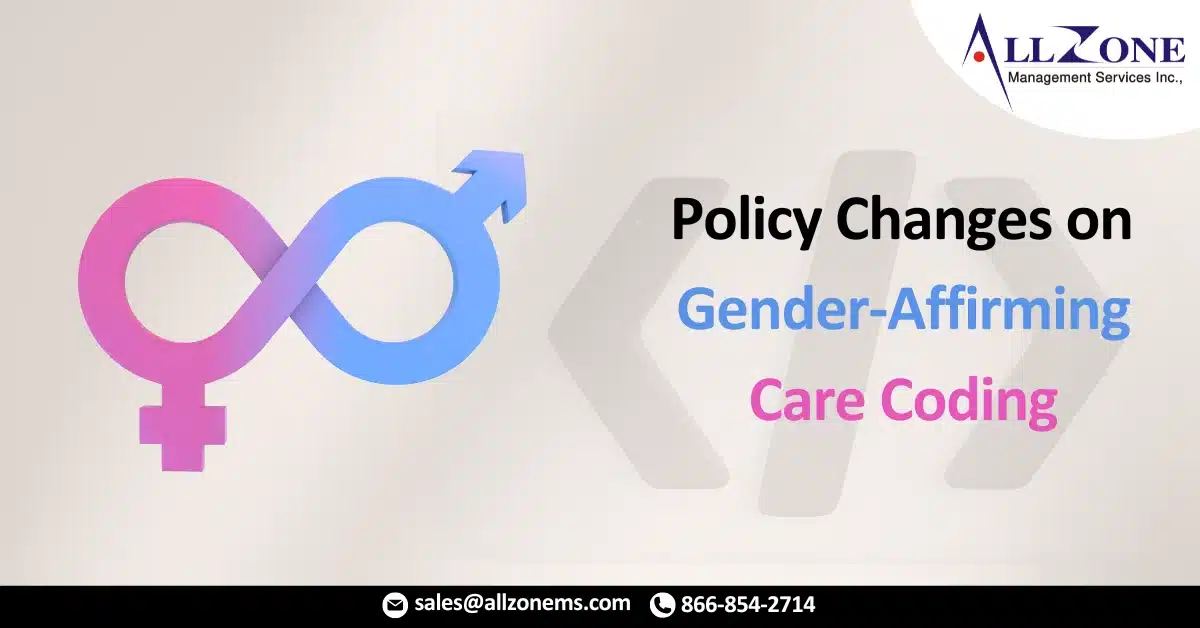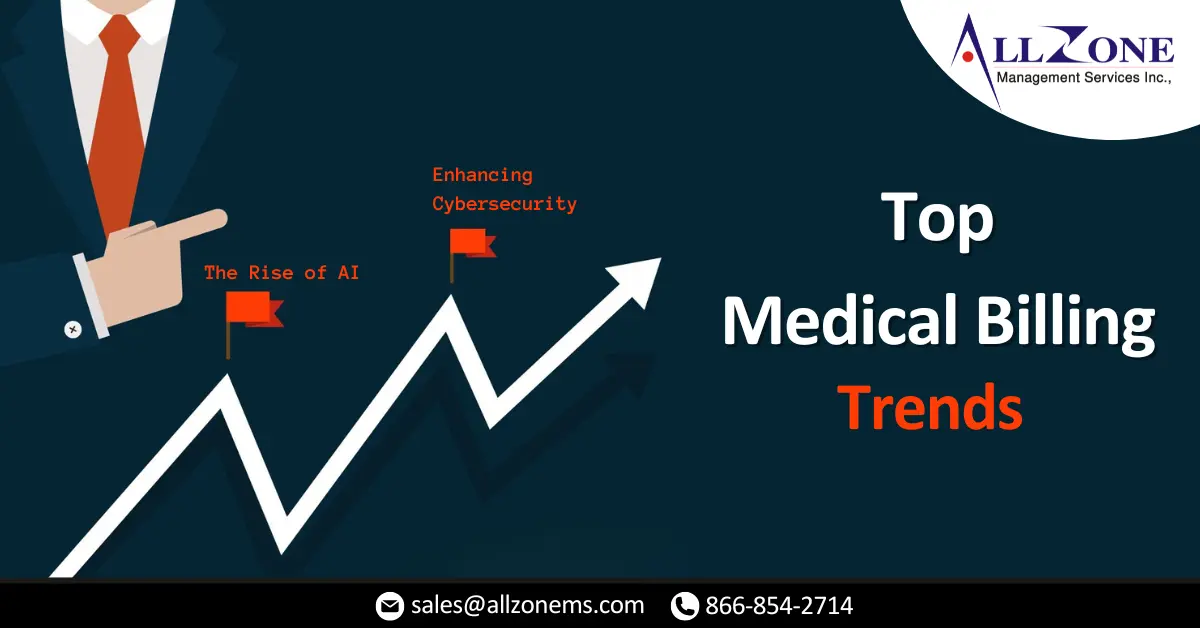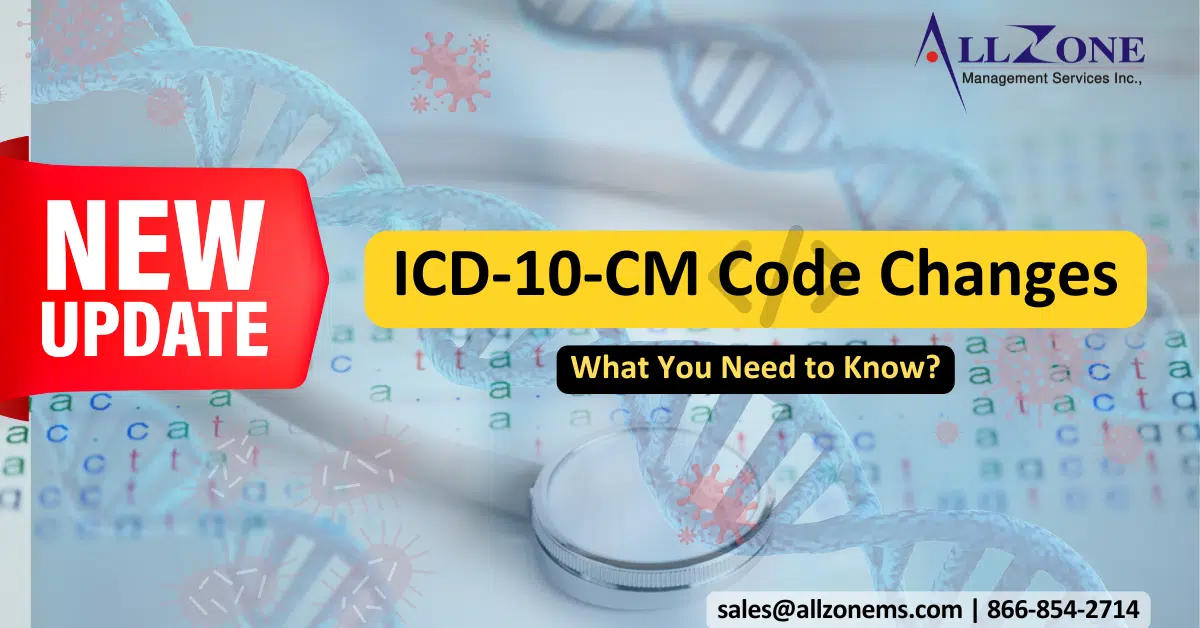If there’s one thing that healthcare professionals have learned over the years, it’s that medical coding never stands still. From ICD updates to payer-specific rules, coding is an ever-evolving discipline shaped by regulations, technology, and the policies that govern how care is delivered and reimbursed. And 2025 is proving to be a landmark year. Medical […]
In the world of medical coding, modifiers are like the punctuation marks of clinical documentation—they clarify intent, add nuance, and ensure that payers fully understand the story behind the service provided. When applied correctly, modifiers safeguard compliance, prevent denials, and guarantee appropriate reimbursement. When applied incorrectly, they can spark audits, lead to revenue loss, or […]
In the complex world of medical billing and coding, modifiers play a crucial role in ensuring claims are processed accurately and providers are reimbursed correctly. One such modifier that often causes confusion is the KX Modifier. Knowing when and how to use this modifier can make a significant difference in compliance, reimbursement, and avoiding denials. […]
For the 2026 ICD-10-CM code updates, you’ll find 16 new “R” codes that offer greater detail for reporting pain and tenderness in the pelvic, perineal, subpubic, abdominal, and flank regions. The existing code R10.2- (Pelvic and perineal pain) will become a parent code. A notable addition is R11.16 (Cannabis hyperemesis syndrome (CHS)), specifically for nausea […]
The difference between a thriving medical facility and one struggling with cash flow often lies in the precision and strategic application of its coding processes. Maximizing reimbursements and strengthening financial health hinges on a proactive approach to medical coding – one that goes beyond simply assigning codes and delves into optimizing every facet of the […]
The landscape of healthcare policy in the United States has recently been shaken by an executive order issued by the U.S. President, introducing significant potential shifts, particularly concerning Gender-Affirming Care Coding. This has ignited widespread concerns about insurance coverage, general medical coding practices, and compliance obligations for hospitals and healthcare facilities nationwide. On January 28th, […]
The medical billing landscape is evolving rapidly, driven by advancements in technology, regulatory updates, and shifting patient expectations. Staying informed about Top Medical Billing Trends is crucial. As we enter 2025, healthcare providers and medical billing companies must stay ahead of the curve to ensure compliance, maximize revenue, and improve patient satisfaction. This newsletter will […]
End to end RCM (Revenue Cycle Management) encompasses every step in the healthcare payment process, from patient registration to final reimbursement. By adopting a comprehensive RCM approach, healthcare organizations can improve cash flow, minimize errors, and ensure compliance with ever-changing regulations. This blog will explore the components, benefits, and best practices for implementing an end […]
Often, a seemingly routine preventive visit or minor surgery can take an unexpected turn when a patient mentions a new concern, such as “Oh, by the way…” If a physician provides additional care beyond the originally scheduled service, you may be able to bill for a separate evaluation and management (E/M) service using modifier 25. […]
The healthcare industry is no stranger to constant updates, especially when it comes to coding and billing. As medical knowledge advances, disease trends change, and the healthcare landscape evolves, the Centers for Medicare & Medicaid Services (CMS) and the National Center for Health Statistics (NCHS) update the 2024 ICD-10-CM Code set every year Healthcare providers, […]

